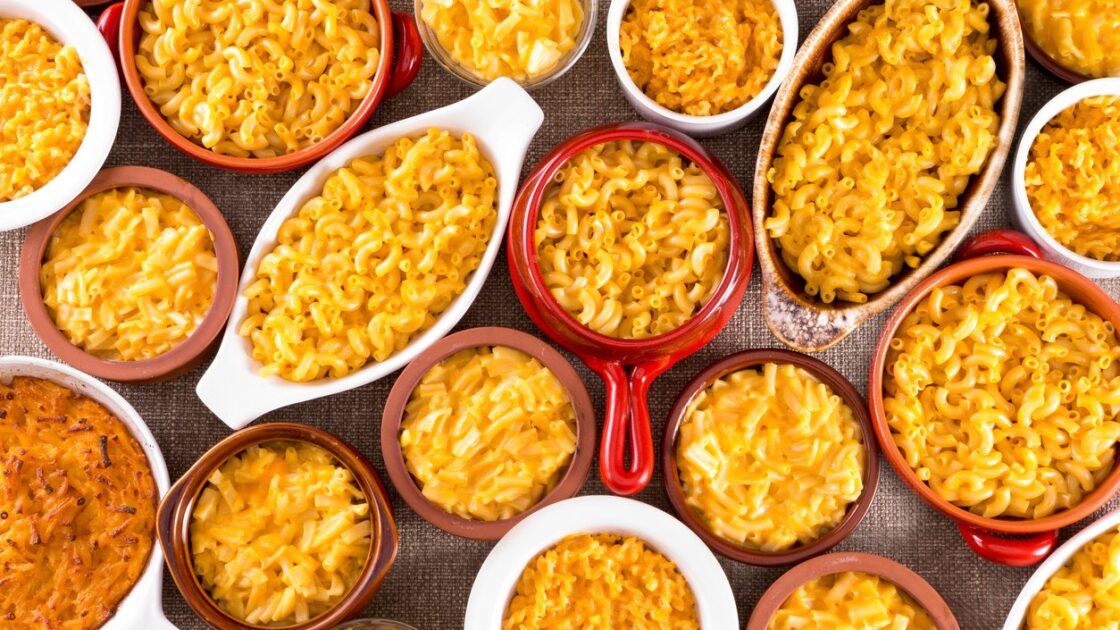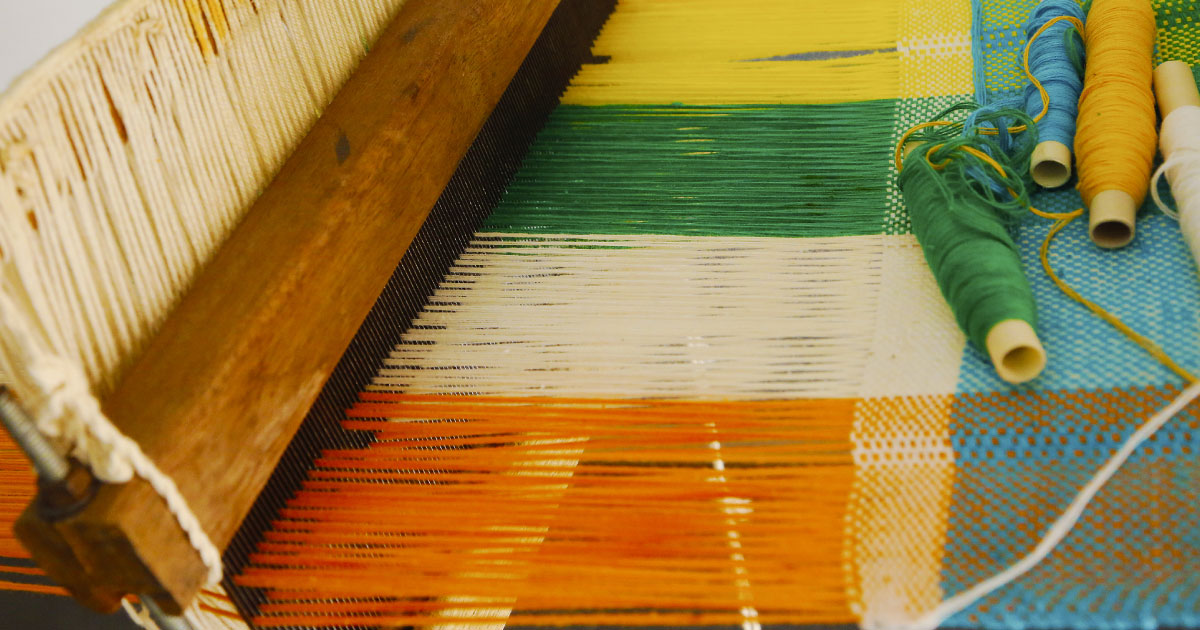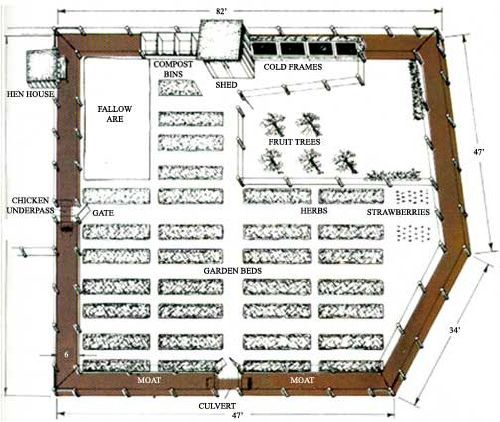1. Puerarin
Puerarin, an isoflavone from the kudzu plant, has osteoprotective properties. Ovariectomy-induced mice are often used for researching treatments for postmenopausal osteoporosis. In a systematic review of eight such animal studies with 203 subjects, puerarin significantly improved bone mass.
Puerarin alleviates osteoclast-related loss of bone mass in ovariectomy-induced osteoporotic rats by inhibiting the tumor necrosis factor receptor–associated factor/reactive oxygen species or TRAF6/ROS-dependent MAPK/NF-?B signaling pathway within the bone tissue.
In an osteoporosis model of overiectomized rats, the anti-osteoporosis effects of puerarin were related to improvements in gut microbiota via regulating short chain fatty acid levels and repairing the intestinal mucosal integrity.
A high dose of puerarin and zinc together in an ovariectomized rat model worked better than either alone — reversing some bone loss and suppressing the adiposity of bone marrow, a marker of osteoporosis.
Type 1 and Type 2 diabetes are often associated with increased risk of bone fractures, osteopenia and osteoporosis. In a diabetes-induced study of mice, puerarin markedly attenuated bone loss and suppressed inflammatory markers associated with osteoporosis by inhibiting histone deacetylases (HDAC1/HDAC3) enzyme signaling.
In another study of diabetes-induced rats, those given a puerarin injection of 100 milligrams (mg) per kilogram of body weight per day for six weeks had higher bone mineral density, improved osteoblast numbers, new bone formation and reduced caspase-3 expression — a marker for diabetic osteoporosis — compared to the control group.
2. Vitamin C
Many in vitro and animal model studies confirm the significant influence of vitamin C (ascorbic acid) on the skeletal system, and those who have a severe vitamin C deficiency would benefit from supplementation.
However, if you do not have such a deficiency, it is better to get your vitamin C by eating five servings of vegetables and fruits a day, rather than through vitamin supplementation, which remains controversial. In fact, some reviewers found vitamin C supplementation could actually increase your risk of fractures.
Greater dietary vitamin C intake — fruits and vegetables — was associated with a 33% lower risk of osteoporosis and a lower risk of hip fractures, as well as higher bone mineral density in a meta-analysis study. Similarly, in a study of 73 healthy people, those who added more plant foods to their diet increased their bone mineral density and had higher vitamin D levels.
In a meta-analysis of six articles with 225,062 people, those who added at least one serving of fruits and vegetables per day to their diet decreased their bone fracture risk.
3. Vitamin D
Vitamin D deficiency has been linked to poor bone health, osteoporosis and higher risk of bone fractures. In a review of 66 patients aged 50 years or more with hip fractures, 74% had vitamin D deficiencies, with 62% diagnosed with osteoporosis and 18% with severe osteoporosis.
In a study of 100 postmenopausal women, 47% of the group was deficient in vitamin D and 31% had insufficient levels. Hip osteoporosis was 31.9% in the vitamin D deficient group compared to 18.2% in those with sufficient vitamin D levels. Vitamin D insufficiency is a risk factor for osteoporosis associated with increased bone remodeling and low bone mass.
In an induced-vitamin D deficiency mouse model, vitamin D treatment reversed age-related osteoporosis symptoms while promoting proliferation, osteogenic differentiation and bone formation of bone marrow mesenchymal stem cells and osteoblasts — cells that build bones — while inhibiting bone aging and bone resorption — removal of old bones.
If bone resorption is higher than bone building, there are overall bone deficits.
In research of induced-vitamin D deficiency mice, low vitamin D levels accelerated age-related bone loss, increased oxidative stress and DNA damage, were associated with higher bone cell aging, inhibited osteoblastic bone formation and stimulated osteoclastic bone resorption.
4. Vitamin K2
Vitamin K2 plays a significant role in the prevention and treatment of osteoporosis because it regulates bone remodeling. When the balance between bone resorption and bone formation shifts to a net bone loss, both men and women can develop osteoporosis.
In a human vitro cell study, vitamin K2 promoted the osteogenic differentiation of mesenchymal stem cells by inhibiting miR-133a expression — an impactor of genes in muscle and skeletal development. In a human studies review of vitamin K2, the commonly used dosage was 45 mg per day and highly benefitted bone health by regulating bone growth and bone loss mechanisms, particularly in osteoporotic postmenopausal women.
Trial subjects including 311 men and postmenopausal women 50 to 75 years of age were randomly assigned to four groups — placebo, 50 micrograms per day or 90 micrograms per day of vitamin K2 or co-supplementation with calcium (500 mg per day) and vitamin D (10 micrograms per day) for one year.
The bone loss of femoral neck was significantly lower in postmenopausal women in the high dose vitamin K2 group compared with placebo, but had no effect in men. High dose supplementation of K2 significantly reduced bone loss in postmenopausal women with no benefit of adding calcium and vitamin D.
In a comprehensive review of vitamin K2, supplementation modulated necrosis factor kappa beta — NF-?B — signaling in the body, which ameliorated bone loss and promoted bone health.
One preclinical study showed that vitamin K2 administration in a Type 2 diabetic rat model increased serum osteocalcin, improved collagen cross-link profiles and increased bone strength, suggesting it as a preventative for bone deterioration and fractures resulting from Type 2 diabetes.
5. Boswellia or Frankincense
Osteoarthritis is a joint disease involving articular cartilage degeneration causing patients pain, joint stiffness, physical disability and significantly reducing quality of life. Forty-nine patients who took a boswellia- and bromelain-based supplement for a period between one and six months found it significantly improved quality of life and various osteoarthritis symptoms.
Based on a meta-analysis of seven trials including 545 osteoarthritis patients, boswellia effectively and safely ameliorated pain, stiffness and joint function with ideal treatment for four or more weeks.[xxiii] Boswellia — also called frankincense — has been found to play a significant role in eliminating inflammation and joint destruction in knee osteoarthritis, with no serious side effects.
The boswellic acids found in gum resin extract were strong anti-inflammatory agents and protectors of cartilage cells in a human in vitro study and improved pain and weight-bearing ability in osteoarthritis-induced rats, which received the supplement for 28 days.
In an osteoarthritis-induced rat model, boswellia was orally administered once per day for three weeks and inhibited increases in osteoarthritis symptoms, synovial fluid cytokines, cartilage damage and expression levels of pro-inflammatory mediators/cytokines in the cartilage.
6. Citrus Naringin
Citrus naringin — a natural flavanone glycoside present in plants like grapefruits, tart cherries, tomatoes, and oregano — modulates different signaling pathways and interacts with numerous cell signaling molecules to treat inflammation, oxidative stress, metabolic syndrome, bone disorders and cancers.
Naringin enhanced osteogenic differentiation of human bone marrow mesenchymal stem cells seen through in vitro study by activating the extracellular signal-regulated kinase, or ERK signaling pathway.
Supplementation with naringin and rabbit bone marrow mesenchymal stem cells together was more efficient in repairing cartilage defects in rabbit knees than the use of either treatment alone. Citrus naringin activates and continuously regulates the growth factor beta, or TGF-ß, signaling pathway, which encourages these stem cells to differentiate into chondrocytes, giving function and structure to cartilage.
Naringin promoted bone repair and prevented bone loss in a drug-induced osteonecrosis rat model and through in vitro study impacted the Akt/Bad signal cascades. Naringin also protected against bone loss in a steroid-treated inflammatory bowel disease rat model.
In a meta-analysis of naringin’s effect on postmenopausal osteoporosis in 10 ovariectomized rat studies, citrus naringin improved bone mineral density, bone volume and thickness.
7. Resveratrol
A comprehensive systematic review and meta-analysis of eight studies with 264 subjects showed improvements in two bone biomarkers after resveratrol supplementation over placebo treatment.
Compound medicine of both tanshinone and resveratrol showed the most improvement on peak bone mass compared to placebo or each alone in 40 growing rats. In a bovine cartilage model, supplementation with both resveratrol and curcumin together effectively decelerated age-related and diabetes-induced osteoporosis.
8. Dried Plums
Menopause drastically increases the risk of osteoporosis — ovarian hormone production stops, which causes accelerated bone loss. Fifty-eight postmenopausal women were randomly assigned to either 100 grams of dried plums or 75 grams of dried apples daily for three months. The dried plums significantly increased two indices of higher bone formation in postmenopausal women.
A follow up study — five years later — of postmenopausal women who previously consumed 100 grams of dried plums per day during a three-month trial showed long-lasting bone-protective effects.
Osteoprotection
Using natural supplements such as pueraria, boswellia, certain vitamins and resveratrol or adding fruits and vegetables to your diet can help protect your bone health. Consult GreenMedInfo.com’s database for more detailed research on osteoprotectives, osteoporosis, osteoarthritis, bone fractures and bone diseases.









